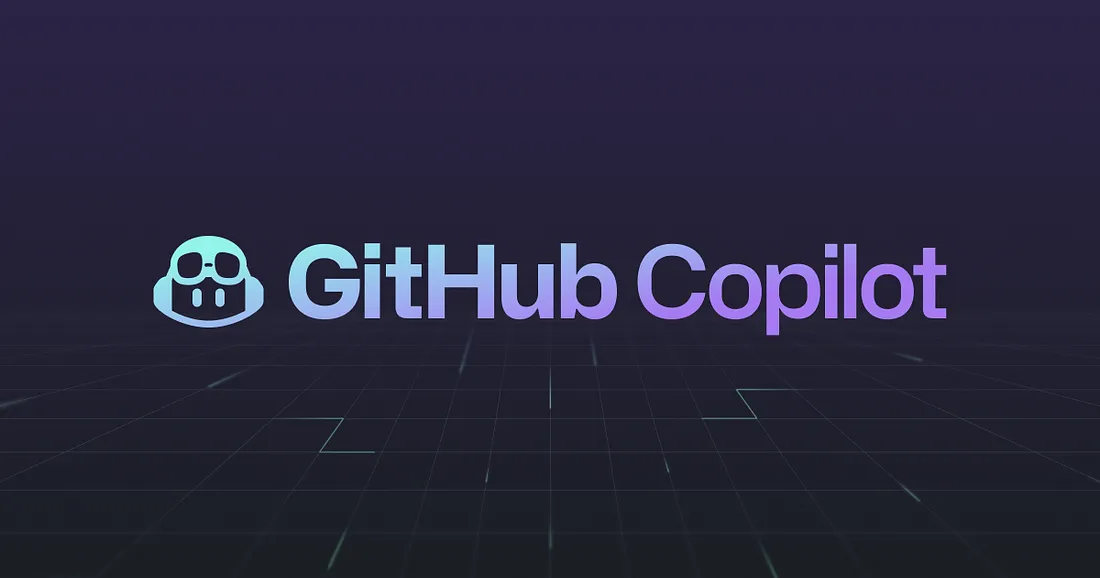How I Built an App in 30 Minutes with GitHub Copilot
 Raj Darshan Pachori
Raj Darshan Pachori
In the ever-evolving landscape of software development, the emergence of assistant programming tools has been nothing short of revolutionary. Recently, I embarked on a journey to explore GitHub Copilot, and the experience was transformative. Without any prior training or experience in React Native, I was able to successfully code my first React Native application within just 30 minutes, thanks to Copilot Chat on VS Code. This blog highlights the benefits of assistant programming tools, drawing from my firsthand experience.
Empowering Novice Developers
One of the most striking benefits of GitHub Copilot is its ability to empower novice developers. As someone without any prior experience in React Native, I approached the task with a mixture of excitement and apprehension. By spending sometime on writing a detailed prompt for Copilot Chat, I was able to create a functional application that handled CRUD operations (Create, Read, Update, Delete) for employee records, all driven by a NodeJS server component returning JSON data.
Accelerating Development Time
Time is a precious commodity in the world of software development, and assistant programming tools like GitHub Copilot excel at improving productivity and saving cost. The entire process, of successfully writing the code, took a mere 30 minutes. Copilot's ability to understand the context of my code and provide exact suggestion on the first try played a crucial role in this rapid development cycle. This acceleration not only boosts productivity but also allows developers to focus on more complex and creative aspects of their projects.
The Prompt: Employee Management App
A detailed prompt is crucial for maximizing the benefits of assistant programming tools like GitHub Copilot. It provides clear context and specific requirements, enabling the AI to generate accurate and relevant code suggestions. This clarity accelerates the development process, ensures functionality aligns with user needs, and enhances the overall quality of the generated code, making it a vital component for efficient programming.
Detailed prompt used for generating the required code
Use index.tsx and create new program from scratch for searching, creating, updating and deleting the employee. NodeJS server component is successfully deployed and working fine on port number 4000. NodeJS returns the information in JSON format.
These will be the UI components.
Text "input" field for entering the EmpID.
"Search" button along side Text input field for searching the employee.
Table with 2 columns. First column will have below mentioned 7 field names and second column will have values for 7 fields displayed in Input text field. a. EmpID b. EmpName c. Designation d. EmpDOJ e. ManagerName f. Compensation g. EmpStatus
"Create", "Update" and "Delete" button below the table.
This is the expected behavior of each button
"Search" button: Data fetched from JSON is populated in the second column "input" field of the table beside respective field name.
"Create" button: Data available in each of the input fields, creates a new employee data.
"Update" button: Data available in each of the input fields, updates employee data for EmpID value populated in the second column of the table.
"Delete" button: Delete employee data for EmpID value populated in the second column of the table.
Conclusion
Assistant programming tools like Copilot are not just aids; they are game-changers that democratize software development, enabling anyone with a passion for coding to bring their ideas to life swiftly and effectively. As I continue my journey in the world of AI assisted development, I look forward to leveraging these tools to explore new horizons and understand how these tools can help in improving productivity, saving cost and maximize revenue.
Subscribe to my newsletter
Read articles from Raj Darshan Pachori directly inside your inbox. Subscribe to the newsletter, and don't miss out.
Written by

Raj Darshan Pachori
Raj Darshan Pachori
Technology Leader. Worked as Director of Engineering for Tyfone CDI. Currently researching and exploring Gen AI to drive productivity improvement in Product Engineering. 22+ yrs of exp and 10+ yrs in leadership roles.